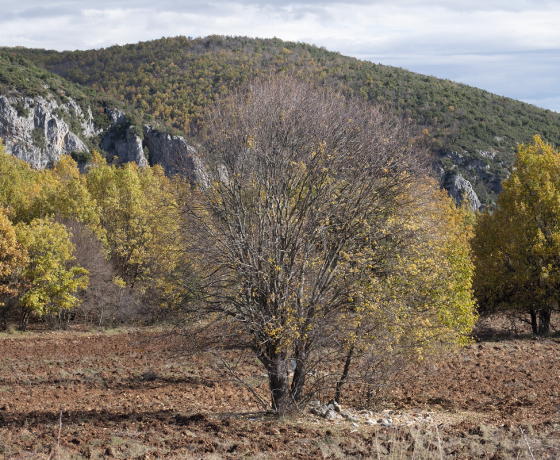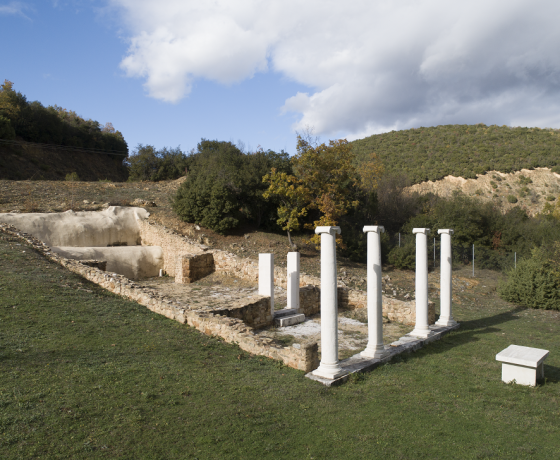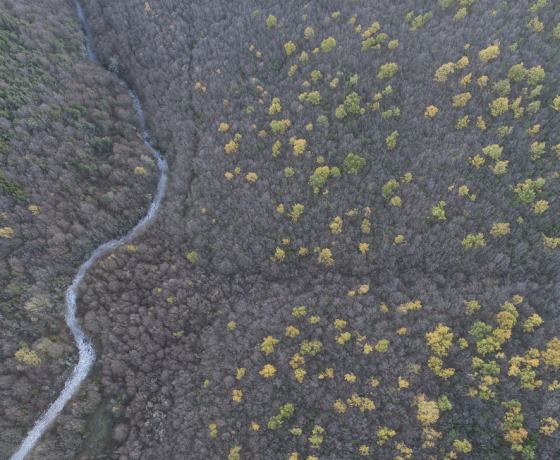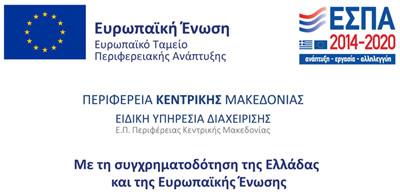France
Lefkopetra
Lefkopetra
The village of Lefkopetra is located at the southeast of the village of Georgianoi, which owes its name to the limestone rocks of the area. In the past, the settlement, due to the many springs (isvoria) that exist around the settlement, was called “Isvoros”. The wider area has been inhabited since ancient times until today and the findings of the excavations took place in the area. The ancient origin of the inhabitants of Lefkopetra is continental. During the Turkish occupation, the area was part of Bey’s estate that was based in Topliani, a settlement between Georgiani and Lefkopetra. Shortly afterwards, these estates in the area were given as a dowry to Bey of Sfikia, whose collegial inhabitants undertook the cultivation, although the movement was difficult because of the Aliakmonas river. After the liberation of Macedonia in 1912, the Greek state granted 500 acres of land to landless Sfikiotes (people from Sfikia village of the Pieria Mountains) in the location “Paliochora” where the current settlement was founded. The church of the settlement is dedicated to the Apostles Peter and Paul and was built in 1939 on the foundations of another much older one.
Worth to visit
The Sanctuary of the Mother of the Gods in Lefkopetra
The sanctuary of Lefkopetra is located just 15 km away from Veria and is visible from the Egnatia Street Highway. The route to the archeological site is beautiful through, a wooded area overlooking the Pieria Mountains, Aliakmonas River and the plateau of Sfikia. The church, which dates back to the Roman times (2nd century AD) and the excavation that brought to light more than 1,000 inscriptions, present the history of a very important sanctuary of ancient Veria and the worship of the Mother of the Indigenous Gods..
The sanctuary of Lefkopetra is located just 15 km away from Veria and is visible from the Egnatia Street Highway. The route to the archeological site is beautiful through, a wooded area overlooking the Pieria Mountains, Aliakmonas River and the plateau of Sfikia. The church, which dates back to the Roman times (2nd century AD) and the excavation that brought to light more than 1,000 inscriptions, present the history of a very important sanctuary of ancient Veria and the worship of the Mother of the Indigenous Gods..
Important Dates
June 29
June 29 where the church of the settlement, of the Apostles Peter and Paul, celebrates.

June 29 where the church of the settlement, of the Apostles Peter and Paul, celebrates.











